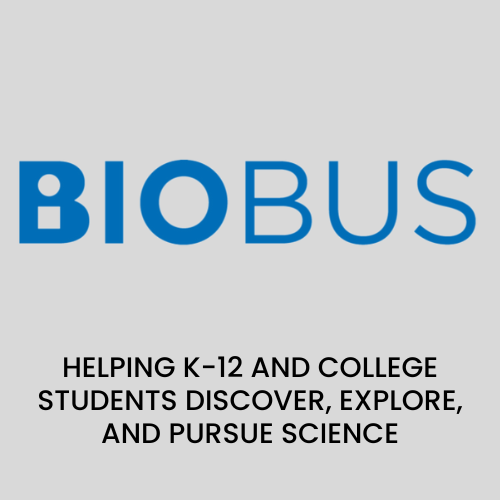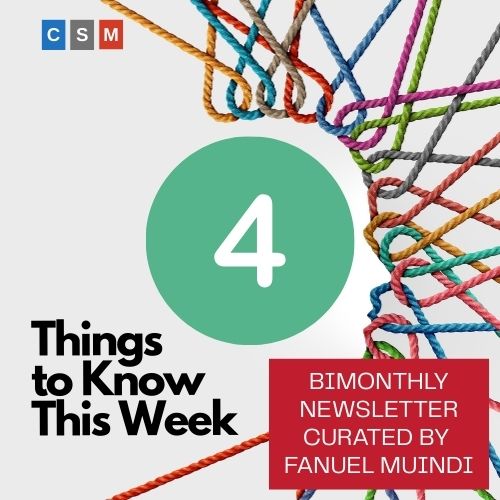Civic Science Times
What are the objectives of the Neurotech Justice Accelerator at Mass General Brigham?

As federal funding cuts to scientific research continue to make headlines, the many important links between science and society are coming into sharp focus. For experts such as Dr. Francis Shen, professor of law at the University of Minnesota and faculty member at the Harvard Medical School Center for Bioethics, and Dr. Theresa Williamson, neurosurgeon and bioethicist at Massachusetts General Hospital, the intersection of neuroscience, law, and policy has long shaped their work.
Their careers reflect the increasing significance of neuroscience in legal and policy decision-making. As neurotechnology and related research evolve rapidly, emerging professionals must be equipped to navigate the complex ethical and legal challenges these advancements will inevitably bring.
This past fall, the Dana Foundation awarded its third Dana Center Initiative for Neuroscience & Society grant to establish the Neurotech Justice Accelerator at Mass General Brigham (NJAM). NJAM is based in the MGH Department of Neurosurgery and led by co-directors Dr. Theresa Williamson, bioethicist Dr. Gabriel Lazaro-Munoz, and Dr. Shen.
The program includes partnerships with the Harvard Brain Initiative, the MGH Center for Law, Brain and Behavior, the Petrie-Flom Center at Harvard Law School, the Museum of Science, and the MGH Center for Neurotechnology and Neurorecovery. The mission of this new Dana Center is to “play a leading role in improving equitable access to beneficial neurotechnology, protecting the public from neurotechnology harms, and establishing standards to promote responsible societal use of neurotechnology.”
Dr. Shen tells The Civic Science Observer that NJAM is designed to be a “launching pad for the new generation of leaders in neuroscience and society so that… whether (their field is) law, neuroscience, policy, or ethics, they are out there leading the charge.” A major focus of the center is its partnership with the community and its commitment to community-based research. Dr. Williamson elaborates, “We have a belief that neurotechnology… is going to change the world in the future… Our goal is to be a center where people are trained and information and research are gathered and produced that help to guide that change in a positive direction.” NJAM is “not replacing the expertise or the scientific knowledge that comes from a place like Mass General Brigham but rather it’s enhancing the knowledge with actual community input so that ultimately when these technologies hit, they are things that people want to use and know how to use.”
NJAM will include multiple training programs. Its primary program is a full-time fellowship designed for postdoctoral professionals, including recently graduated PhD, JD, and MD students. Other programs are tailored for graduate and undergraduate students to complete during their summer breaks, as well as for working professionals through continuing medical education and neuroscience training for attorneys and judges. Each program will have tracks aligned with participants’ core areas of expertise, all grounded in the intersection of neuroscience and society.
Dr. Shen elaborates: for example, a recently graduated medical student could leave the program equipped with the knowledge needed to be an ethically conscious neurosurgeon, engaging in and informed by the ethical, legal, and social implications of their work. Alternatively, a recently graduated law student would go through the program learning about the brain and behavior, and ultimately incorporate knowledge of these legal and ethical implications in their career as an attorney or judge. In addition, NJAM will act as a cross-curricular hub, enabling researchers, clinicians, and law and policy experts to share their knowledge and expertise during and long after the program.
NJAM consists of a wide collaboration among multiple institutions, allowing fellows to engage in community-based projects that promote the understanding and ethical use of neurotechnology. For example, Dr. Williamson outlines how NJAM will play a critical role in our society’s understanding of human consciousness as it relates to brain injury and neurotechnological advancements.
Often, neurosurgeons cannot communicate with patients with severe brain injuries and must rely on crude measurements to assess the level of consciousness—such as asking a patient to wiggle their toes. However, research using advanced neuroimaging has shown that even when a patient does not move their toes when asked, the area in the brain responsible for such movement is still active. “As you can imagine, there’s a huge issue there”, Dr. Williamson acknowledges.
Knowing about these advancements, not only do scientists and clinicians need to find ways to put this technology into practice, but they also need to evaluate the people it will affect. Dr. Williamson proposes asking questions such as, “How do we get [this technology] to people? How do we explain it? How do we talk through prognoses? How do we get people to the appropriate rehab and have that paid for?”
These technologies, while groundbreaking, add complex variables to clinical decision-making, especially when families face difficult treatment choices. NJAM fellows will lead and engage in conversations with the Boston community, gathering valuable data on public opinion and exploring answers to these questions. Fellows will develop the knowledge needed to create a “bridge between this technology and the people that it will actually ultimately impact.”
Additionally, the center will work with local community partners in the Boston area, including More Than Words, a nonprofit social enterprise that supports system-involved young adults ages 16–24 in overcoming barriers. NJAM will collaborate with More Than Words to support a new initiative launched by the Suffolk County District Attorney’s Office: the Emerging Adult Program (EAP).
EAP serves justice-involved individuals between 18 and 25 years old—those considered adults under the law, though neuroscience shows the brain continues developing until age 25. The program, created by Suffolk County District Attorney Kevin Hayden, will “create diversionary pathways to prosecution for emerging adults.” Neurolaw fellows involved in NJAM will support the program in multiple ways, including organizing community-led conversations about science and the justice system.
The Neurotech Justice Accelerator at Mass General Brigham is forging a new path for neuroscience and society practitioners working across medicine, law, ethics, research, and technology. With the constantly evolving landscape of neurotechnology and its societal implications, Dr. Shen notes that “NJAM is committed to expanding the community of neuroscience and society professionals so that research and advocacy in this space has greater impact and is more inclusive.” We are excited to see the program cultivate future leaders in neuroscience and society.
Anyone interested in NJAM fellowship and training opportunities should reach out at any time to njam@mgh.harvard.edu.
Bernadette Weigman is a neuroscience and society reporter for The Civic Science Observer. She covers the civic dimensions of neuroscience, including its intersections with education, public engagement, and the broader societal implications of brain science. She engages with scholars and practitioners to learn about their public engagement work and how they navigate the ethical, cultural, and institutional challenges of bringing neuroscience into public life.

-
Civic Science Times2 months ago
Ecosystem building in action: Science Talk 2025 and the dynamic civic science conference landscape
-
Civic Science Times4 weeks ago
Dear Colleagues: Now is the time to scale up public engagement with science
-
Civic Science Times1 month ago
Weekend Watch: At Boston College, the McMullen Museum of Art presents “Wonders of Creation: Art, Science, and Innovation in the Islamic World”
-
CivicSciTV - Questions of the Day2 months ago
Dr. John Besley shares the actionable insights from the Nature global study on trust in scientists



















